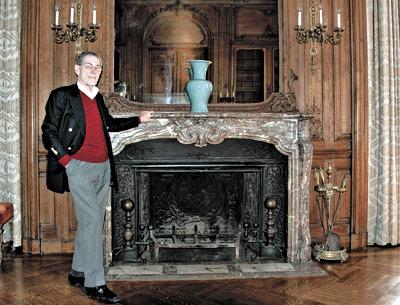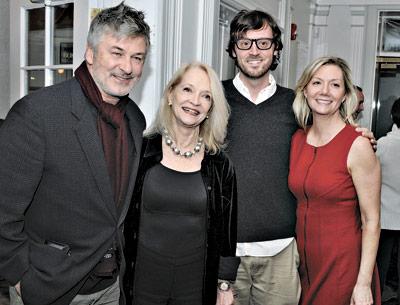Jacques Tati Returns
Jacques Tati Returns
Film enthusiasts who missed Christian Scheider’s recent programs devoted to the films of Jacques Tati will have another opportunity Wednesday at 5 p.m., when Tati’s “Traffic” will be screened at the John Jermain Memorial Library in Sag Harbor.
Mr. Scheider, an actor and filmmaker, will introduce the program and lead a guided discussion after the screening that will focus on the French auteur and comedian’s cinematic critique of the repercussions of modernization. The screening is free, but limited to 14 people. Preregistration is required.
A second program, featuring Tati’s “Mon Oncle,” will take place on April 9.



